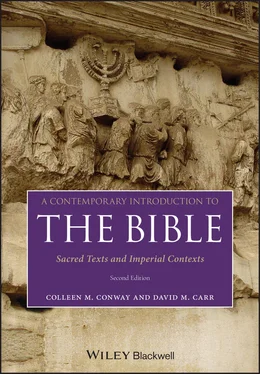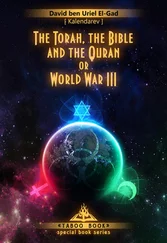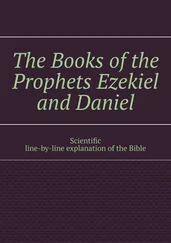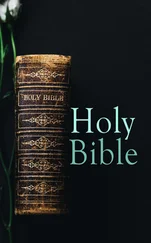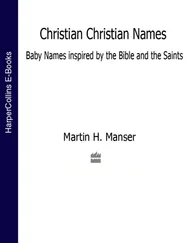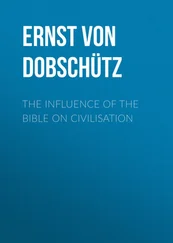4.7Judean seals from the time of Isaiah and Micah.
5.1Seals and other images from the late seventhcentury.
6.1Ashes and arrowheads left from the Babylonian attack on Jerusalem.
6.2Reproduction of part of the magnificent temple of Ishtar.
6.3Silver amulet, dating to just before the fall ofJerusalem.
7.1Relief from the Persian capital of Persepolis.
7.2The Cyrus cylinder.
8.1Copy of the Hebrew book of Ben Sira found near the Dead Sea.
8.2Coin from the time of the Hasmoneans.
9.1Excavation of outer stairway and arches of the Jerusalem Temple.
9.2Model of the Second Temple of Jerusalem.
9.3Model of first-century CE Jerusalem.
9.4The Forum of Augustus in Rome.
9.5Parchment illustration of a scene from the Infancy Gospel of Thomas.
9.6Wall painting of Moses from Dura Europos, third-century synagogue.
10.1Remains of the Via Egnatia.
10.2Doorways of shops in ancient Corinth.
10.3Statue of Augustus.
10.4Artist’s reconstruction of ancient Rome.
11.1Silver shekel minted about 67 CE during the Jewish revolt.
11.2Pillaging of the Jerusalem Temple depicted on the Arch of Titus.
11.3“Judaea Capta” coin minted by Rome.
12.1Two-source hypothesis.
12.2Roman coin depicting Augustus subduing and ruling the earth.
13.1Base of an honorific column in Rome showing the apotheosis of a second-century CE emperor and his wife.
13.2Book cover dating to the fifth century CE and depicting the heavenly ascent of an emperor.
14.1Papyrus with lines from the Gospel of John.
14.2Medieval image of the church preferred over thesynagogue.
15.1Fourth-century CE catacomb painting.
15.2The whore of Babylon.
16.1Bust of Constantine.
16.2The Codex Sinaiticus.
0.1The ancient Near East.
1.1The land of Israel and its surroundings.
1.2The major routes of the ancient Near East.
1.3The reach of three of the major empires that dominated Israel and/or Judah.
2.1Areas of the hill country occupied by the Israelites and Judeans.
3.1Areas ruled and dominated by David andSolomon.
4.1The neighboring kingdoms of Israel and Judah.
5.1The Judean kingdom after the fall of the north.
6.1The journey to Babylonia.
7.1Judah as a province of the Persian empire.
8.1The expanding kingdom of the Hasmoneans.
10.1The Roman Empire in the 1st century CE.
10.2Map of cities addressed in Pauline letters
11.1Palestine in the first century CE.
15.1Cities of Revelation.
16.1Spread of Christianity across the Mediterranean world by 300 CE.
MAIN DISCUSSIONS/OUTLINES OF BIBLICAL BOOKS
Where to Find Basic Information on Biblical Books (Basics Boxes and More)
Below is a list of where you can find basic discussions of books (or major parts of books) in the Hebrew scriptures, with the books listed here in the order that they appear in the Jewish Tanakh (//Hebrew Bible). The page given in bold number(s)indicates where you can find a “Basics Box” that provides major information about a biblical book. This includes an outline, information about the time(s) in which the book was written, and (usually) a discussion of a major issue in interpretation of the book or text. In addition, some other pages are provided where you can find more information on different biblical books.
| Genesis |
48–51, 172–6, 184–5, 202–203 |
| Exodus |
51–4, 179–89, 203–4 |
| Leviticus |
183 |
| Numbers |
204 |
| Deuteronomy |
134–8, 135 |
| Joshua |
42–5, 138–40 |
| Judges |
140–1 |
| 1–2 Samuel |
142, see also 62–5. |
| 1–2 Kings |
143 |
| Isaiah |
118–23, 167–71, 169, 200, 209–11 |
| Jeremiah |
145– 149 |
| Ezekiel |
164–7, 166 |
| Hosea |
108–15, 111 |
| Amos |
106– 108 |
| Jonah |
199–200 |
| Micah |
115–18, 117 |
| Nahum |
128– 129 |
| Zephaniah |
129 |
| Haggai |
195 |
| Zechariah |
196 |
| Psalms |
69–75, 73, 206–8, 207 |
| Job |
207 |
| Proverbs |
78–82, 79 |
| Ruth |
207 |
| Song of Songs/Solomon, Canticles |
75–77, 76, 226 |
| Ecclesiastes, Qoheleth |
77–81, 78–9, 226 |
| Lamentations |
159– 161 |
| Esther |
226 |
| Daniel |
220–22 |
| Ezra-Nehemiah |
227 |
| 1–2 Chronicles |
226 |
| Matthew |
301–21, 306 |
| Mark |
279–99, 282–3 |
| Luke |
323–42, 326 |
| John |
343–60, 346–7 |
| Acts |
323–42, 326 |
| Romans |
269–73, 270 |
| 1 Corinthians |
266–9, 267 |
| Galatians |
262–5, 263 |
| Ephesians |
274–5 |
| Colossians |
274–5 |
| Hebrews |
373–6, 374 |
| 1 Peter |
376–8, 377 |
| 1, 2 Timothy and Titus |
275 |
| 1, 2, 3 John |
360–61 |
| Revelation |
364–72, 365 |
BOXES
What Is a More on Method Box?
These boxes give a brief introduction to methods used to interpret the Hebrew Bible. They detail the sorts of questions that each method attempts to answer, give an example of how the method has been applied, and include a reference to an article or book with more information about the method under discussion.
Textual Criticism
Tradition History and Transmission History
African American Biblical Interpretation
Afrocentric and Womanist Interpretation
Source and Redaction Criticism
Feminist Criticism and History of Interpretation/Reception
The Joseph Story and Literary Approaches
Postcolonial Criticism
Trauma Studies and the Bible
Insights from History of Religions
Ecological Biblical Criticism
Form Criticism and Genre
Читать дальше
